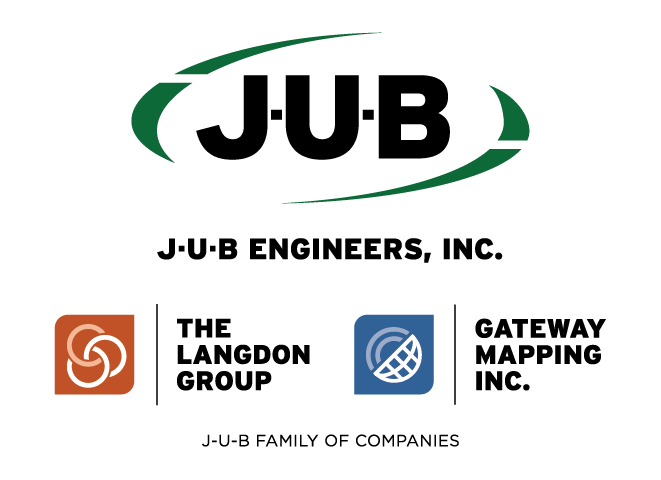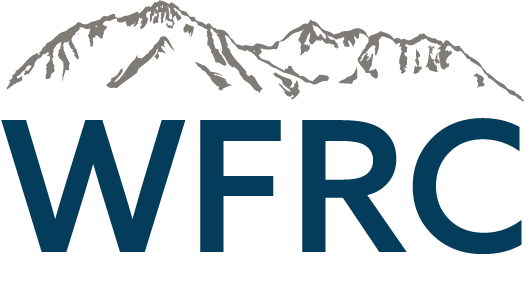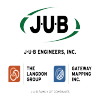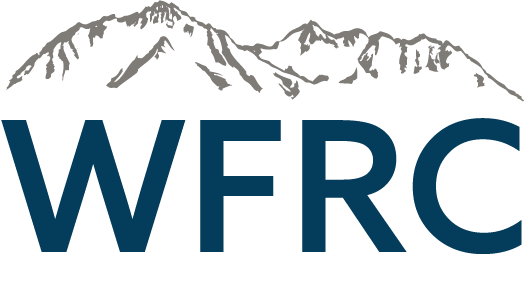Zoning laws aren’t the only things hindering Utah’s housing market
November 2, 2020 by Evan Curtis
Recent News
- » Join Us for the APA Utah Fall Conference at The Gateway!
- » APA UT Fall Conference: Award Submissions Now Open
- » Fall Conference
- » Missing the APA Utah Listserv? Here’s How to Stay in the Loop
- » APA UT Webinar: Moderate Income Housing (MIH)
- » Thank You for Joining Us in Logan – Spring Conference Recap & Survey
- » Evening at the Ballpark: APA Utah Networking Night






























